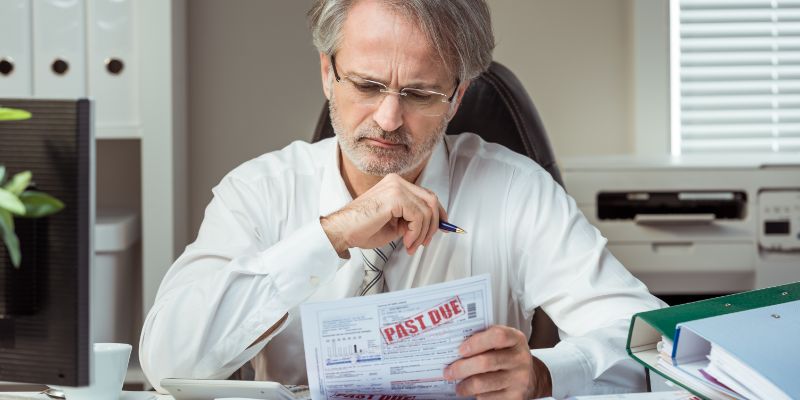Making the decision to file for bankruptcy can be a difficult one. Once you have decided which chapter of bankruptcy you want to file, you may start to worry about things like your car being repossessed. While it is true that creditors must stop harassing you, you can still lose your car or other assets. Hiring a Texas bankruptcy lawyer can help you avoid repossession.
In Chapter 7 bankruptcy, your car can be repossessed to help pay off your debt to your creditors. There are several factors that could result in your car being repossessed, such as if you were able to make payments before and after your case was filed, how much the car is worth, and if your car’s equity is valuable enough.
Depending on if you were able to make payments, your loan lender may decide to repossess your car. Making your loan payments on time is important in general, and if you are able to keep up with them before and after you file for bankruptcy, you may be able to keep your car. If you are unable to keep up with your payments, however, your lender can repossess your car.
The total value of the car also can decide whether or not it gets repossessed. If your car is worth less than what you owe on it, you could pay the market value of your car in order to keep it. For example, if your car is worth $7,000 and you owe $10,000, you can pay the $7,000 to keep your car. However, this can be difficult when you are already filing for bankruptcy.

Your loans are not the only thing you have to keep track of when dealing with a vehicle repossession. If your car’s equity is valuable enough, you may be able to keep it. You have to file a bankruptcy exemption in this case, and if your car’s equity is less than the amount in the exemption, you can keep it. If it is not, the bankruptcy trustee will be able to sell it to pay off your loans.
Chapter 7 bankruptcy is not your only option. In Chapter 13 bankruptcy, you are less likely to lose your car. That being said, you still have to make payments in Chapter 13 on your loans, which you do not have to do in Chapter 7. Learn the difference between Chapter 7 and Chapter 13.
You can avoid repossession of your vehicle during a bankruptcy case in a few ways. You will need to file a bankruptcy exemption on your vehicle, and then there are two different types of bankruptcy exemptions you can file for. There is the standard bankruptcy exemption, but there is also the wildcard exemption. In some cases, you may be able to stack those exemptions to help cover your car’s equity. If the exemption covers the equity costs, you can keep your car.
Equity matters a lot when it comes to the next steps. Equity is how much money you would have after selling your car and paying back the loan. For example, let’s say you have a car worth $3,000, and you still owe $1,000 on your loan. You would have $2,000 in equity. If your exemption covers that, you get to keep your vehicle.
The trustee could also abandon your car if they believe it would not make enough money. If your car gets abandoned by the trustee, you may be able to get it back. In some situations, the trustee may agree to let you buy your vehicle back if you have nonexempt equity.
If you reaffirm your debt with your lender, you may also be able to keep your car. This means you are agreeing with your lender that you still owe the debt you agreed upon when you bought the car. Sometimes, the lender will change the deal to help you, but they do not have to. You must file a bankruptcy exemption before you can reaffirm your debt.
Learn more about how I can help you with your vehicle during a bankruptcy case.
A: There are many ways to work out a change in your loan before you decide to file for bankruptcy. You can ask for a modification to your loan. You can ask to refinance your loan, provided you have good credit. You can ask your lender if you can skip a payment, called deferment of your loan. You could also ask for a waiver from your lender.
A: There are a few ways to possibly keep your car, but it is not a guarantee. You can file exemptions, reaffirm your debt, or buy your car back if the trustee has abandoned it. Again, these all rely on you being current in your debt payments before and after your bankruptcy case.
A: Most of the time, you can miss one payment before the lender is allowed to repossess your car. When you buy a car, your car is considered collateral against the loan you took out. If you are unable to make your payments, filing for bankruptcy can help you avoid repossession.
A: It will not remove a repossession, but it can help stop it. As long as you still have your car, filing for bankruptcy can give you time to renegotiate a better payment plan. However, if you are not current on your loans and you do not pay them once your case has ended, you can still lose your car.
Losing your vehicle can be a life-altering event. No one wants to lose their vehicle if they can help it, even if they are filing for bankruptcy. While there are many ways you can keep your vehicle, it is difficult to do it alone. Contact us today for help with all of your bankruptcy questions.




